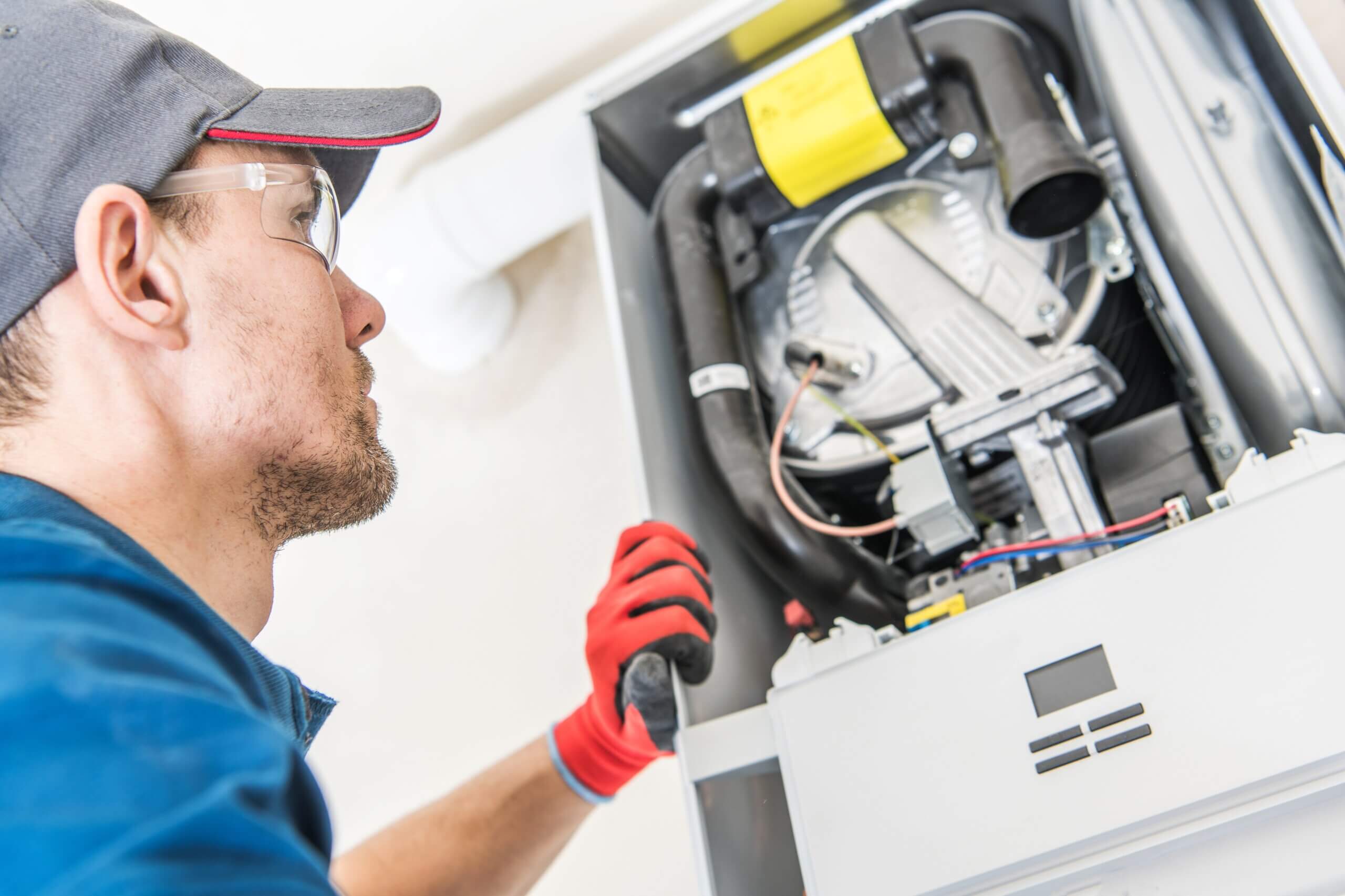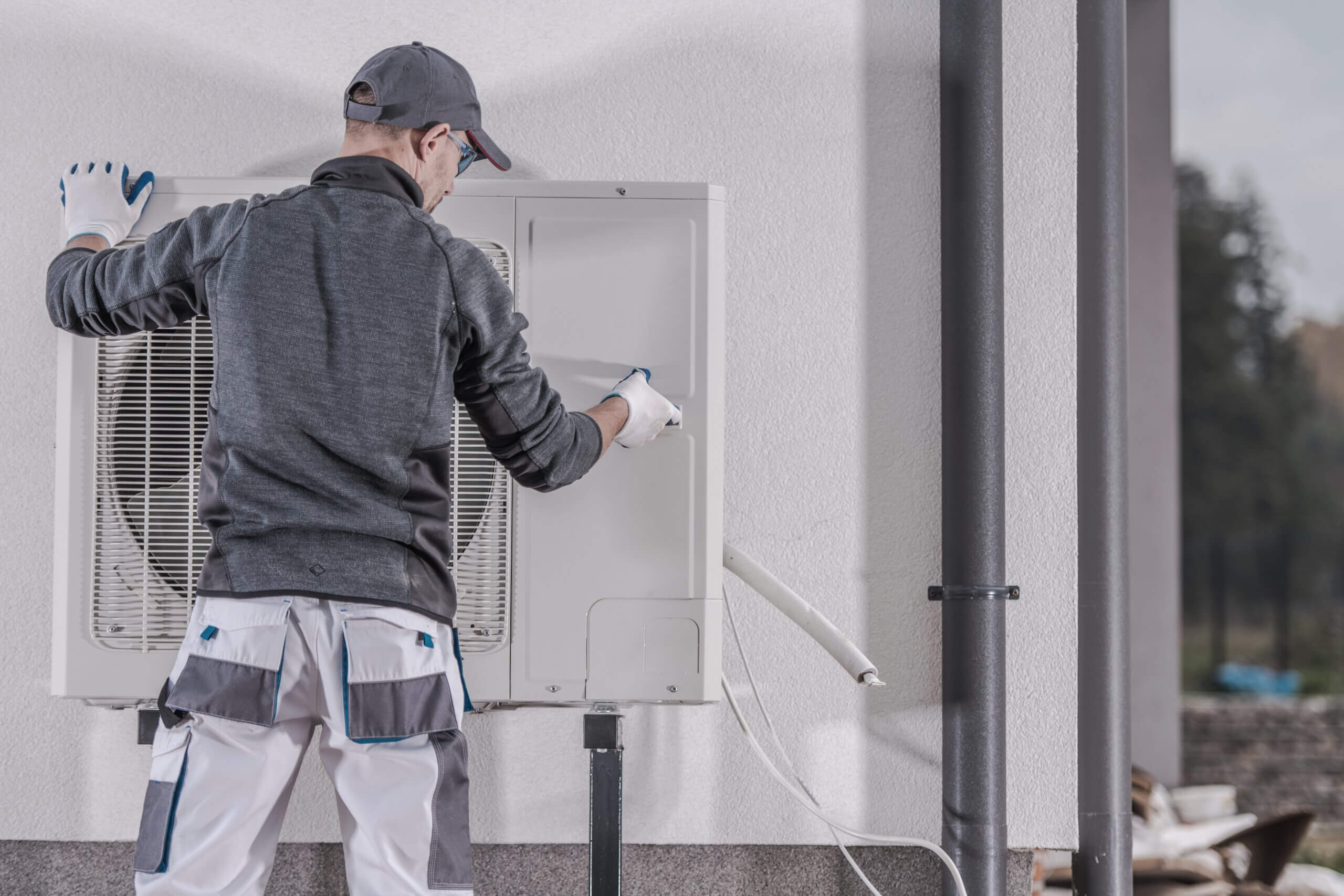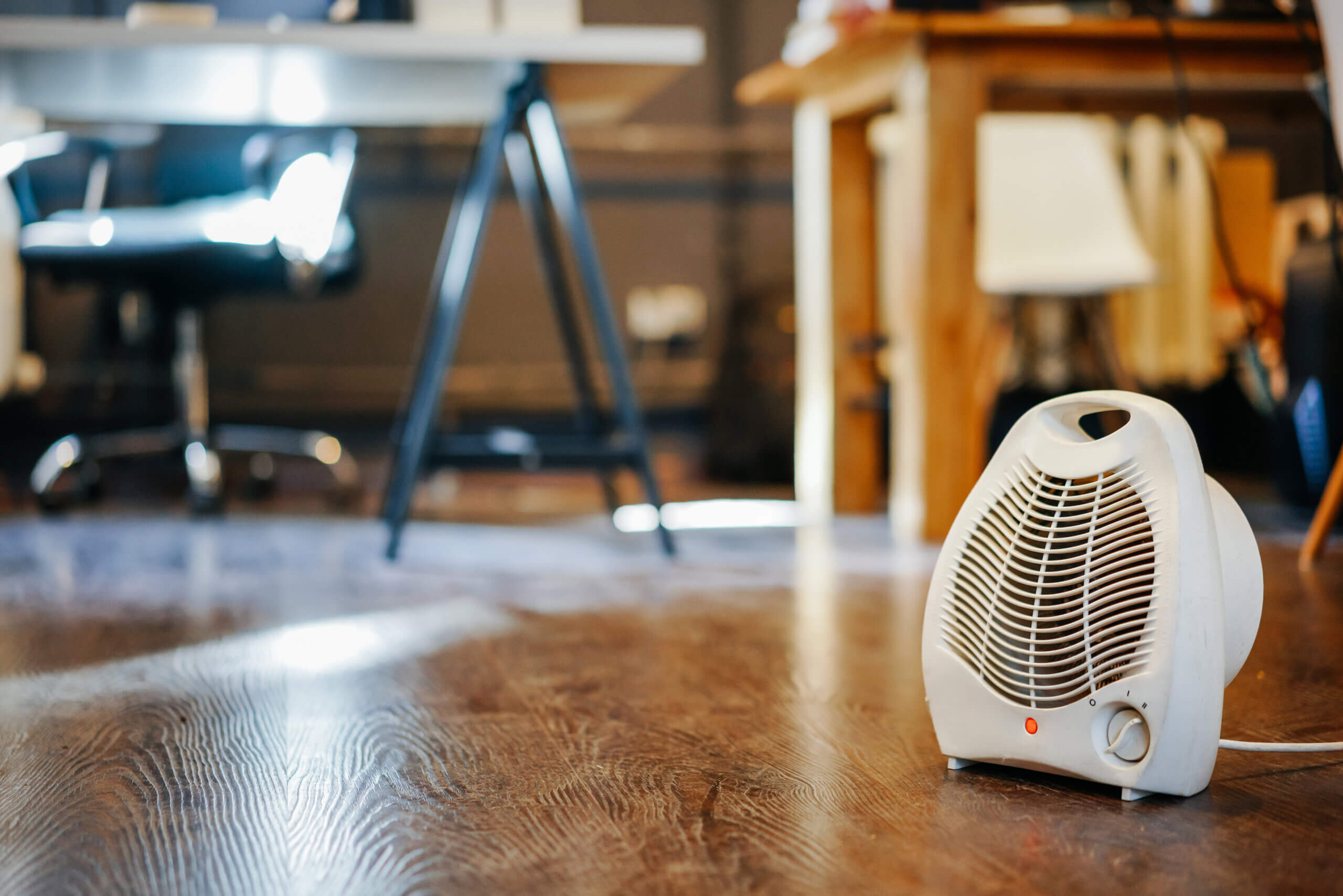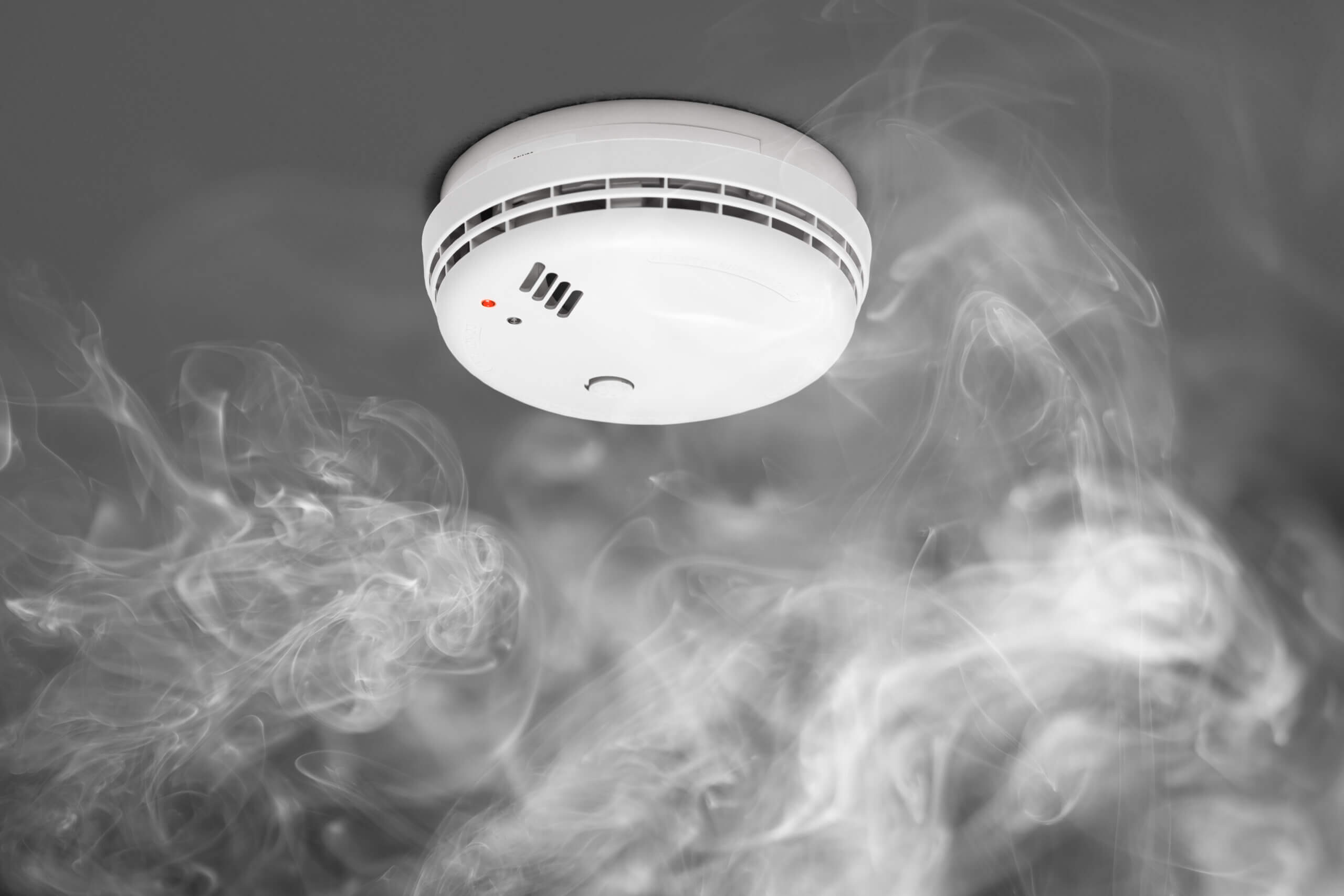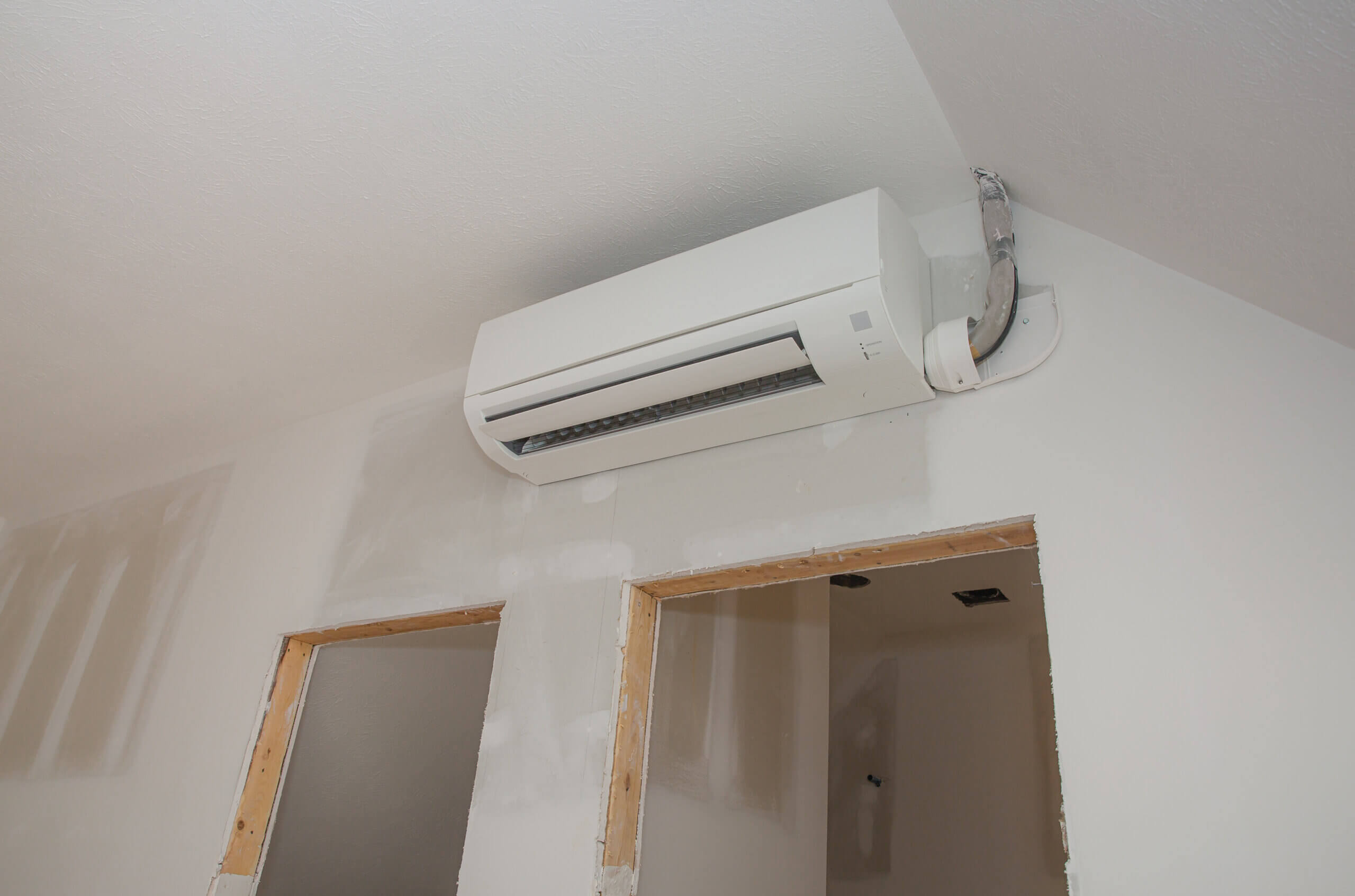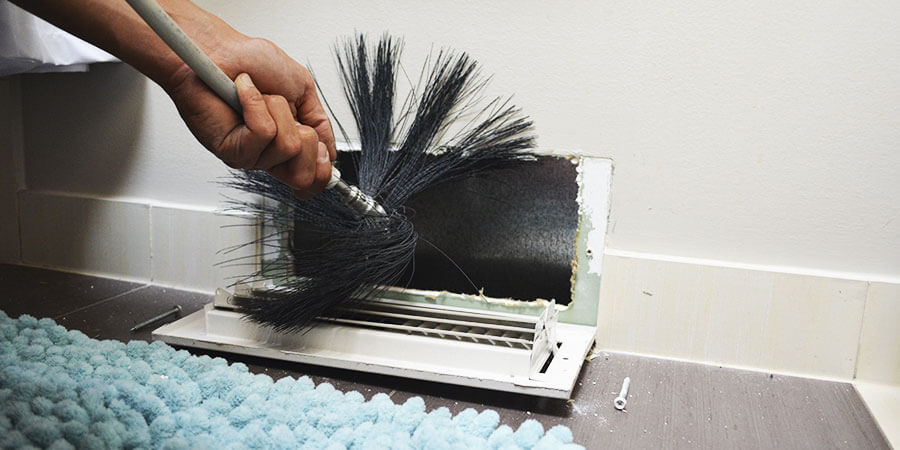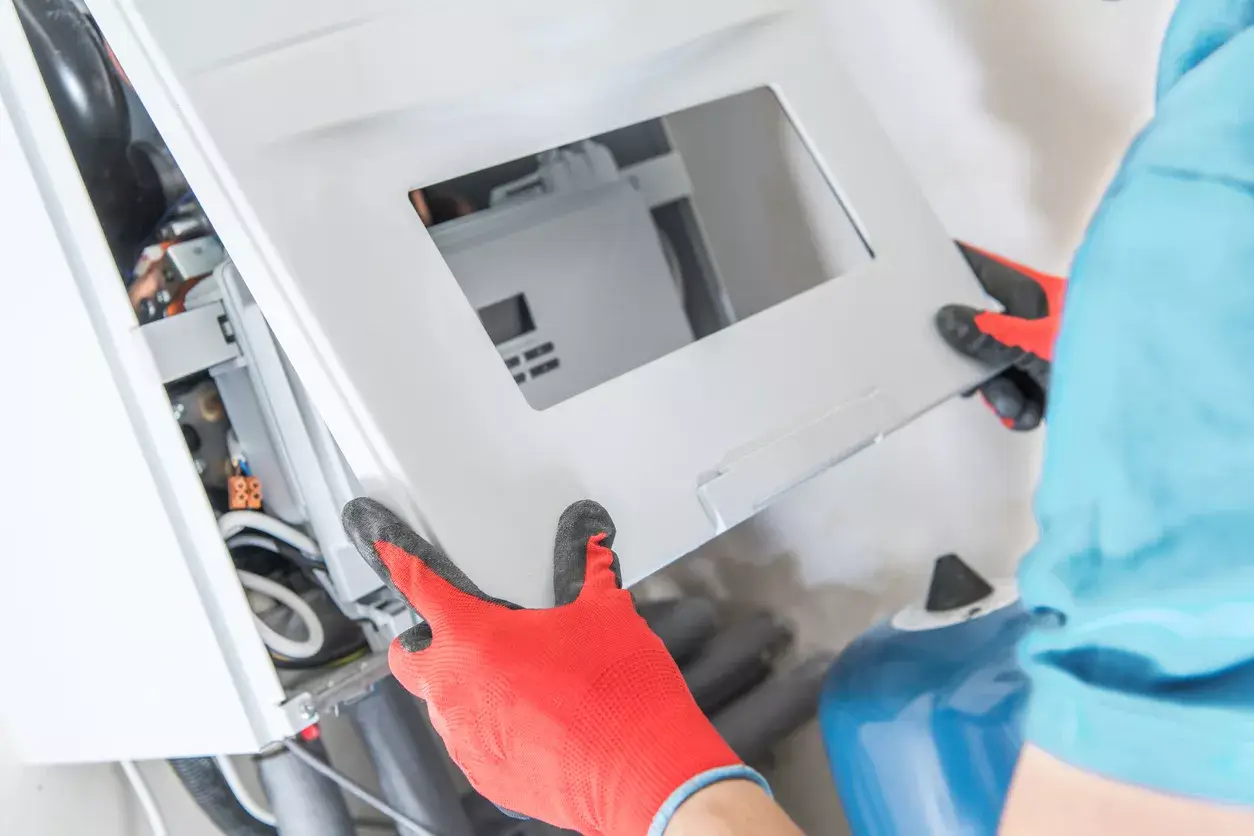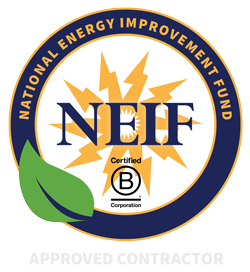Don’t Get Burned: DIY Furnace Repair Risks Explained
- Heating

If you’re like many homeowners, you might be tempted to try your hand at furnace repair to save money. However, DIY furnace repair can be dangerous and costly. In this blog post, we’ll explore the risks of DIY furnace repair, as well as the importance of proper furnace maintenance and knowing when to call a professional.
The Risks of DIY Furnace Repair
There are several risks associated with DIY furnace repair. These risks include fire hazards, electrical hazards, and the risk of carbon monoxide poisoning.
Fire Risks
One of the biggest risks of DIY furnace repair is the risk of fire. Furnaces generate a lot of heat, and any mistake during a repair can result in a fire. This can be especially dangerous if your furnace is in a small, confined space like a closet or utility room.
Electrical Risks
Another risk is electrical hazards. Furnaces use electricity to power various components, and mishandling these components can result in electrical shock or even electrocution.
Poisoning Risks
Furnaces can also produce carbon monoxide, a poisonous gas that can be deadly if inhaled in large quantities. Without the proper training and equipment, it can be difficult to detect carbon monoxide leaks and fix them properly.
Financial Risks
Finally, there are financial risks associated as well. If a repair is done improperly, it can cause even more damage to your furnace, resulting in costly repairs or even the need for a full furnace replacement.
Who to Call To Repair Your Furnace
Given the risks associated with DIY furnace repair, it’s important to know when to call a professional. If you’re experiencing any issues with your furnace, such as strange noises, lack of heat, or frequent cycling, it’s best to call a professional furnace repair technician at North Shore Home Energy.
Proper Furnace Maintenance
To avoid the need for frequent furnace repairs, it’s important to properly maintain your furnace. This includes changing your furnace filter regularly, keeping your furnace clean, and scheduling regular maintenance appointments with a professional technician. Proper maintenance can help extend the life of your furnace and prevent costly repairs.
Other Risks
Outside of the physical risks associated with DIY furnace repair, there are warranty and quality risks as well. Click here to learn more.
In conclusion, DIY furnace repair can be dangerous and costly. With the risk of fire, electrical hazards, carbon monoxide poisoning, and financial risks, it’s important to know when to call a professional furnace repair technician. By properly maintaining your furnace and scheduling regular maintenance appointments, you can help prevent the need for repairs and keep your furnace running efficiently and safely. Don’t get burned – leave furnace repair to North Shore Home Energy! Give us a call today and check out our Google reviews!

